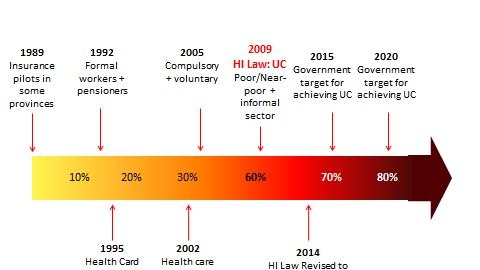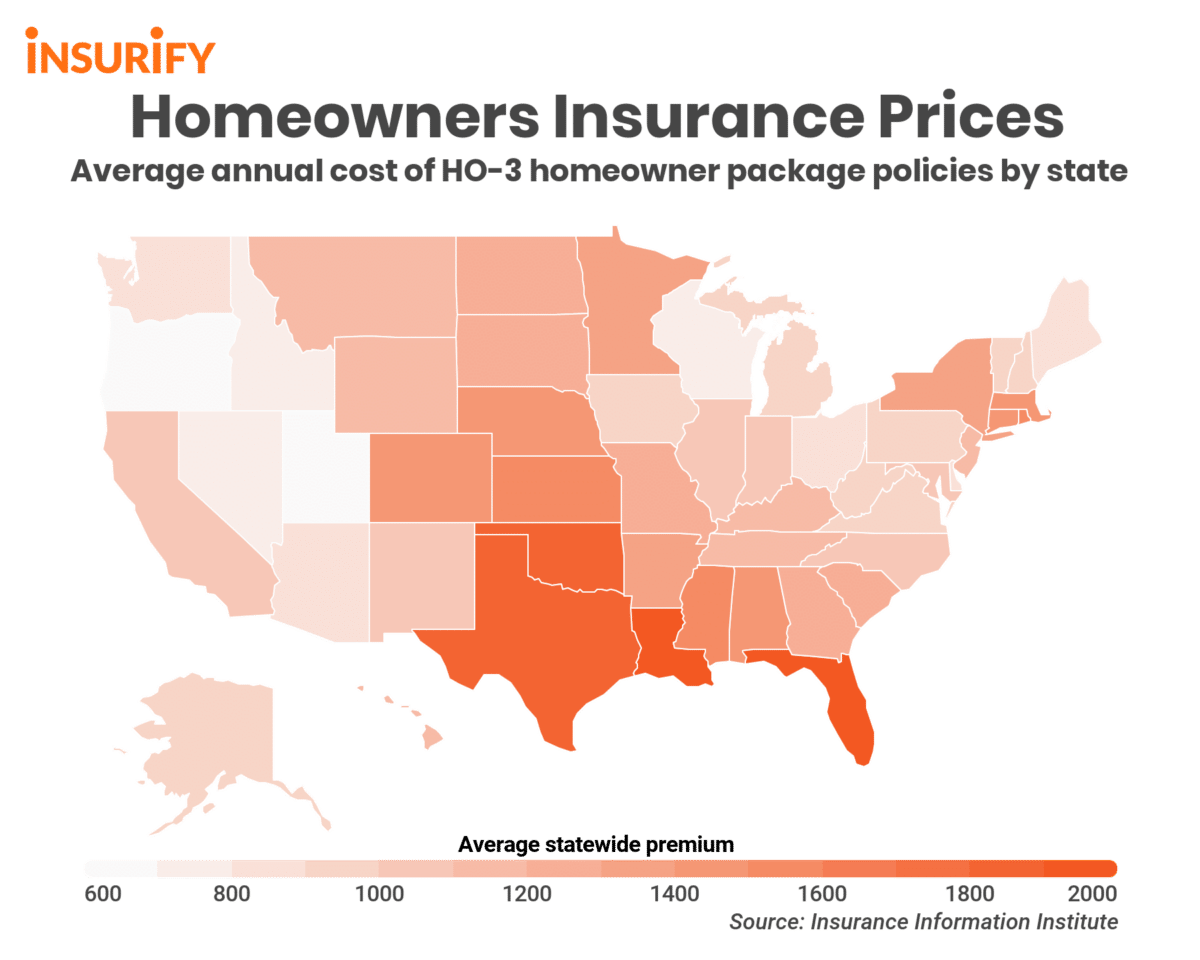
Understanding how pet insurance works is crucial before you purchase. The basic idea behind pet insurance is that you have to pay a deductible. These deductibles are typically annual and must be met each year. But, some companies offer a "percondition" deductible. This means that you will have to pay a new deductable each time your pet develops an unusual condition.
Pet insurance doesn't cover pre-existing conditions
Some medical conditions, such as certain types of cancer, may not be covered by pet insurance. This is because some of these conditions are not curable. It is possible that a pet will require ongoing medical treatment after being diagnosed with such a condition. Pet health insurance may not cover such illnesses, but payment assistance is available to help you pay for treatments.
Some pet insurance policies cover pre-existing medical conditions. These plans do not cover any future conditions. It is important to compare coverage options so you can get the most comprehensive coverage. Additionally, it's a good idea for pets to have pet insurance before they become sick.

Annual deductibles
It is crucial to know the deductible amount when looking for pet insurance. These amounts vary from company to company, and you should consider the deductible amount that is right for your particular situation. The annual deductible can be anywhere from $50 to $1,000. You may be able to select a zero-deductible option with some companies, which allows you to only pay the monthly premium.
An annual deductible, which is the amount you have to pay each calendar year in order to get reimbursement for your pet’s medical expenses, is called a yearly deductible. A $500 deductible would mean that you have to pay the entire amount out of pocket each calendar year before your insurance provider will pay you. While it might seem like a lot, an annual deductible will usually be cheaper than per incident.
Rates of reimbursement
Understanding how reimbursement rates work is essential when you buy pet insurance. These rates are calculated based on how much your pet insurance covers. There are two main methods used to calculate reimbursements. One uses a pre-deductible method while the other uses a post-deductible method.
Most pet insurance policies do not cover the full cost of veterinary bills. You are responsible for paying the cost of pet's medical treatment. Your coverage will be based on the reimbursement rate. Depending upon the plan you choose, your responsibility may range from 10% to 30% of the bill. You could be responsible for hundreds of dollars in bills if you don't have pet insurance.

Coverage limits
When looking for pet insurance, it is important to fully understand the exclusions and limitations for each type of coverage. Most policies have an annual maximum amount that you can pay. Once this limit is reached, your pet may not be covered for future costs. Some companies offer "unlimited", which have no annual limit.
A pet's age and personality can also affect the maximum amount of coverage needed. A more active and younger pet is likely to be more susceptible to accidents than a more elderly pet. Additionally, older pets may have higher risk for certain health conditions, such as cataracts and cognitive decline. Consider your pet's breeding, as certain breeds may be predisposed to certain illnesses.